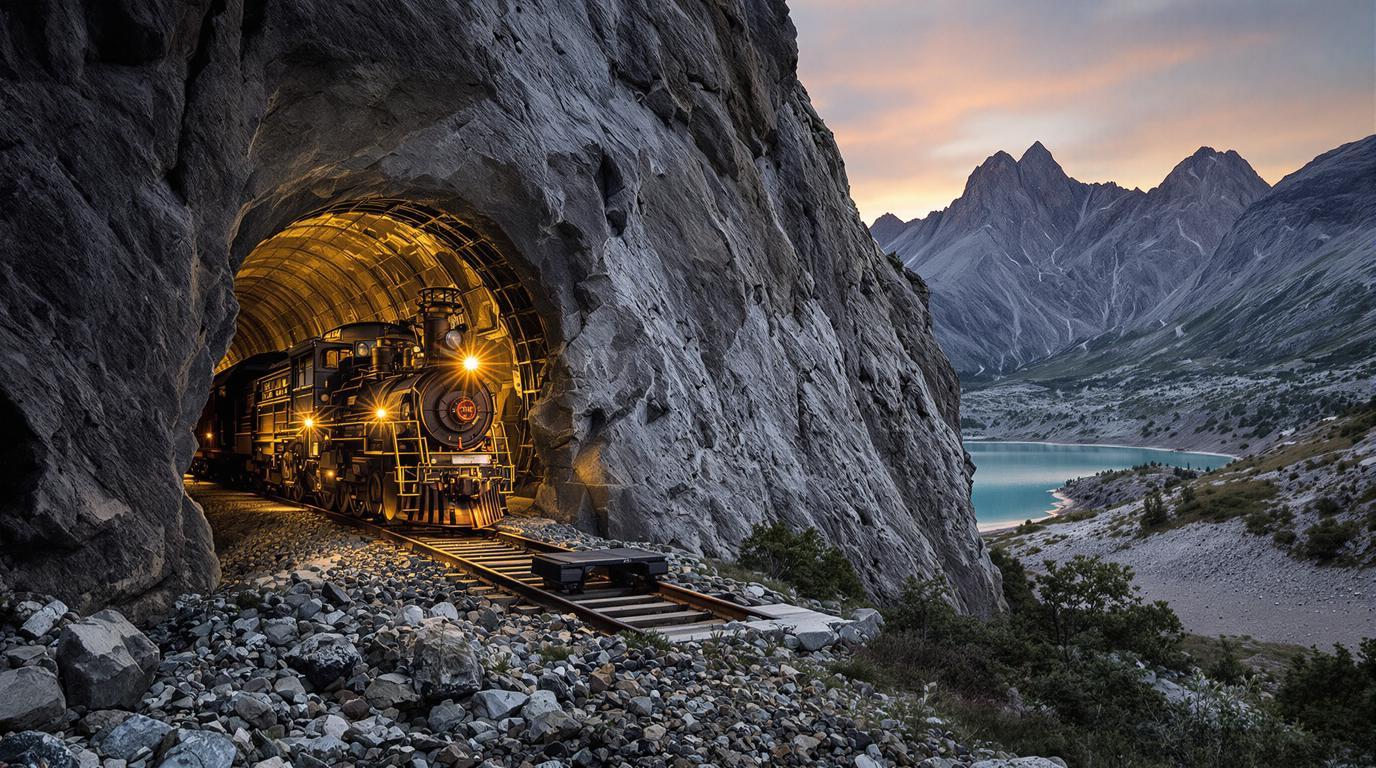This Catalan mining town, just 90 minutes from Barcelona, hides an underground adventure beneath mountain peaks where history comes alive in rumbling mine carts. While most tourists crowd the Sagrada Familia, savvy travelers head north to discover Cercs, where industrial heritage and natural beauty create an unexpected harmony.
A journey through tunnels of time
Cercs’ heart beats in its mines, which powered Catalonia’s industrial revolution in the 19th century. Today, the Museo Mines de Cercs offers an immersive glimpse into this gritty past. Visitors descend into authentic tunnels aboard a mining train, experiencing the claustrophobic conditions miners endured daily.
“When you enter the mine, you’re stepping into the shoes of generations who shaped this region with their bare hands,” explains museum director Maria Casals. “The darkness, the dampness, the echoing sounds—it’s all part of understanding our heritage.”
Mountains that whisper stories
Rising dramatically around the village, the Catalan Pre-Pyrenees create a stunning backdrop for outdoor enthusiasts. Hiking trails weave through pine forests and rocky outcrops, rewarding adventurers with panoramic views of the Pantà de Baells reservoir’s turquoise waters glittering below.
Unlike the overcrowded paths of better-known Alpine destinations, Cercs offers solitude and authenticity for hikers seeking connection with unspoiled nature.
The bridge that defies centuries
Perhaps Cercs’ most photogenic treasure is Pont de Pedret, a Romanesque stone bridge dating to the 9th century. This architectural marvel spans a gentle stream, its weathered arches reflecting perfectly in calm waters below. Early morning visitors often have this historic landmark entirely to themselves.
The bridge leads to Sant Quirze de Pedret, a church adorned with rare Romanesque frescoes that rival those found in medieval French villages but without the crowds.
Catalan flavors in rustic settings
Local cuisine in Cercs celebrates mountain traditions with hearty stews, mushroom dishes, and artisanal cheeses. Family-run restaurants serve meals on terraces overlooking valleys where ingredients are sourced directly from neighboring farms.
“We cook as our grandmothers taught us,” says Jordi Puig, owner of a generations-old tavern. “Simple food that honors the land—mushrooms gathered that morning, vegetables from our garden, wine from vineyards just down the valley.”
Sustainable tourism preserving heritage
Unlike islands near Athens or gardens outside Paris, Cercs remains refreshingly authentic. Local initiatives focus on preserving both natural landscapes and industrial heritage while avoiding the pitfalls of mass tourism.
Visitors help fund preservation efforts with each museum ticket purchased, ensuring this working-class history remains accessible for future generations.
Where to stay: authentic Catalan homes
Accommodations in Cercs favor converted farmhouses and family-run guesthouses over chain hotels. These intimate lodgings offer opportunities to connect with locals while enjoying mountain views from stone terraces.
For those seeking more pristine natural settings similar to preserved rainforests in the Caribbean, several eco-lodges operate on sustainable principles in the surrounding hills.
Best time to discover Cercs
Spring (April-June) brings wildflowers carpeting hillsides and comfortable temperatures for exploring mining tunnels and hiking trails. Fall offers spectacular foliage against limestone cliffs, while summer provides perfect conditions for swimming in the reservoir’s crystal waters.
Cercs stands as living proof that Spain’s most authentic experiences often lie just beyond familiar tourist routes. Here, in this mountain hamlet where mine carts once thundered and church bells still ring across valleys, travelers discover a Catalonia that remains true to itself—no matter how many centuries pass.
